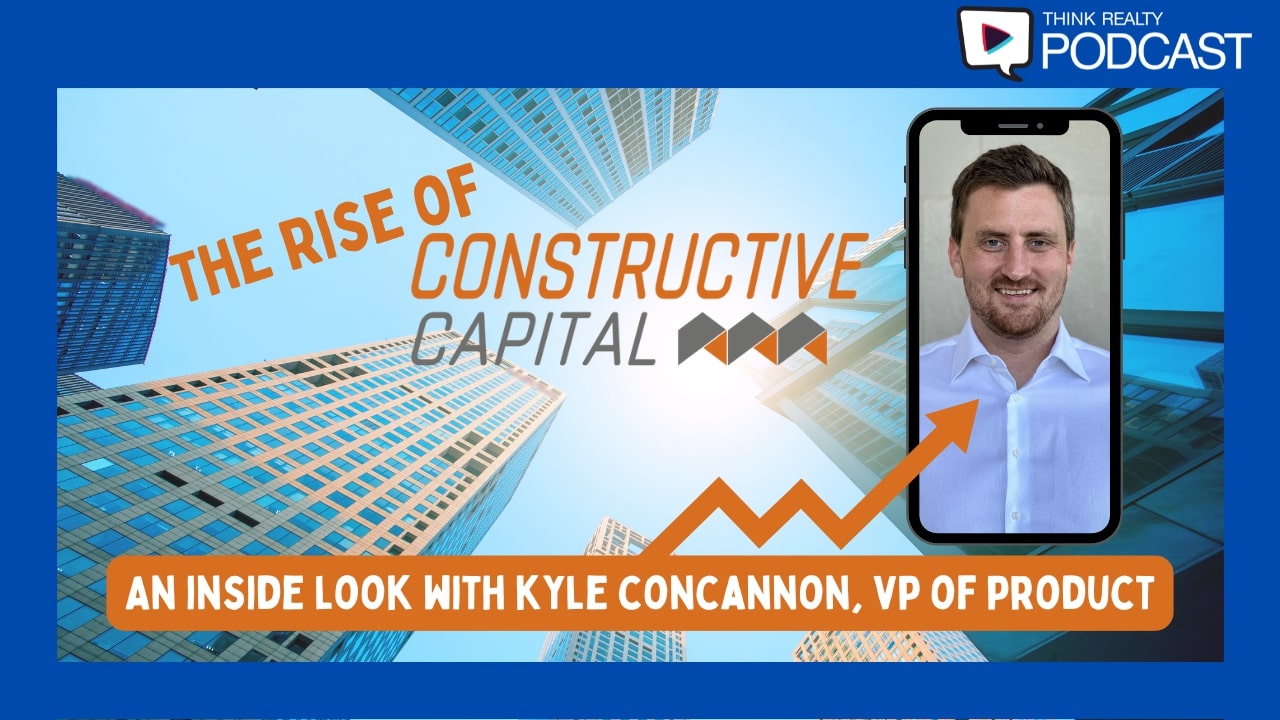Assessing the risks of low-rent/high-cap rate investments in out-of-state markets.
Many investors, primarily those in California, have investigated purchasing rental property in states they would have previously not considered. The reason? The low capitalization rates in California compared to Midwest and Southern states.
There is so much money in California looking for an investment home that prices of real estate, whether apartments, houses or even commercial, have skyrocketed to the point where CAP rates have plummeted. In premier locations within luxury areas in the Bay Area, CAP rates have been known to drop below 2%. With interest rates at 4+% or more, negative cash flow is a certainty unless the buyer is putting down a tremendous amount of cash or the rents are unreasonably low and the buyer can raise them to market levels.
Foreign buyers were one of the reasons that prices increased at a rapid pace. Many of those buyers, however, are faced with their own country’s financial restrictions on investments outside of their home country. As a result, the multiple offers previously seen over the past few years have diminished. The real estate market is still strong, however, especially in desirable locations, and there does not appear to be a recession in the immediate future—or so say the experts.
Most investors put as little down as possible, or do not have the wherewithal to put large down payments on investment real estate. Many banks will lend up to 70%-75% for the right property and a solid borrower. With borrowing rates still sub-5% in many circumstances, the buyers of real estate must seek out property producing CAP rates above 5% in order to make a prudent investment.
In addition, the debt service coverage ratios imposed by most banks have crept upward of 1.35. This forces the investor to either put up a much larger down payment or look for property with a higher CAP rate. Since most investors do not have the extra cash to put down, they have looked to other, less historically stable rental markets such as Indiana, Georgia, the Kansas City metro area and Tennessee. Promoters of rental real estate in these states boast of CAP rates exceeding 8%. Some have even suggested that properties producing 10% CAP rates exist.
Basic Questions to Ask
California investors and other investors who are far from the real estate they are purchasing need to carefully analyze all aspects of owning real estate, including, but not limited to weather, real estate taxes, turnover costs and management.
A CAP rate of 10% can be very enticing, especially if the promoter claims to also take the management headache out of the equation. Many promoters will often sell the real estate to the investor [either from their own inventory or “double escrow” a sale]. Or, the promoter may just act as a broker and charge a commission for the purchase of the property by the investor. The promoter also may act as the management company attempting to alleviate the investor’s worry of finding a tenant to rent the property. The investor needs to consider a few things:
- Will the management company try to get a tenant for your property as compared to others they may also be managing?
- How are repairs and maintenance issues handled?
- Will the management company have some discretion as to what is needed and when?
- If the unit is vacant, is a fee still owed to the manager?
The Cost of Turnover
One of the biggest expenses most overlooked is the cost of turnover. This is where a lower CAP rate property in an expensive area may be more prudent than a low-rent, high-CAP rate location. The reason is that many expenses do not vary much from state to state, particularly materials.
Carpet is the easiest material for making this point. Let’s say, a 1,500-square-foot unit in a good area of San Francisco rents for $3,500 per month. This similar unit in Memphis, Tennessee, might rent for $1,200. Once the tenant moves out, the unit may need certain items fixed or replaced. Because tenants are usually required to make large deposits, one could argue that the San Francisco house is more conservative for the investor, as the larger deposit should cover a significant portion of what may need to be replaced or repaired. Just because the tenant is paying $3,500 in San Francisco compared to the other paying $1,200, does not mean that the appliances or carpet are necessarily much different. Most landlords are not going to put in high-end furniture, appliances and so on in any rental.
Carpet from Home Depot, for example, costs 60 cents per square foot for a specific TrafficMASTER Dockside pattern. This same carpet costs 62 cents per square foot in the San Francisco Bay Area. A washer and dryer set from Home Depot costs exactly the same in Tennessee as it does in California. Thus, the rate of return from an expense side of replacement favors the California landlord.
Additional Considerations
Other issues to consider include the distance of owning property far from where the investor lives. Competent management is very important, as the investor will not want to spend a lot of money on travel chasing the rent [or eviction if necessary]. Owning property within 90 minutes of where the investor lives can be advantageous if problems arise.
Another aspect to think about is the perceived profile of a higher paying renter. One might presume that a tenant paying $3,500 per month is more likely to be more careful with the unit than a tenant paying $1,200. This is not always the case, of course, but more likely than not, tenants willing to pay a significant amount of rent [as compared to their wages as well as pure dollar amounts] are usually aware of the consequences of not respecting the landlord’s property. In the previous example, on average, rent in San Francisco compared to rent in Memphis is significantly more as a percentage of wages—as high as 48% in San Francisco versus 35% in Memphis.
Also, looking at the increase in real estate values, the California market has increased much more than the rest of the nation. If one has used leverage, this increase rises exponentially. Could it be that many of the buyers of low-CAP rate California real estate have bet on this fact? Are they willing to forgo current cash flow for an expected increase in the market value of the real estate, which would dwarf the cash flow they did not get on a monthly basis?
In summary, out-of-state real estate investments may potentially yield a good current rate of return, if no significant problems arise. But, should the unforeseen happen and expenses become a major factor, or if the economy starts to slow down or go into a recession, stable markets would most likely outperform in the long run because many inexpensive areas are the first to see large decreases in real estate. Thus, there is a reason why many savvy investors tout location, location, location.











Leave A Comment